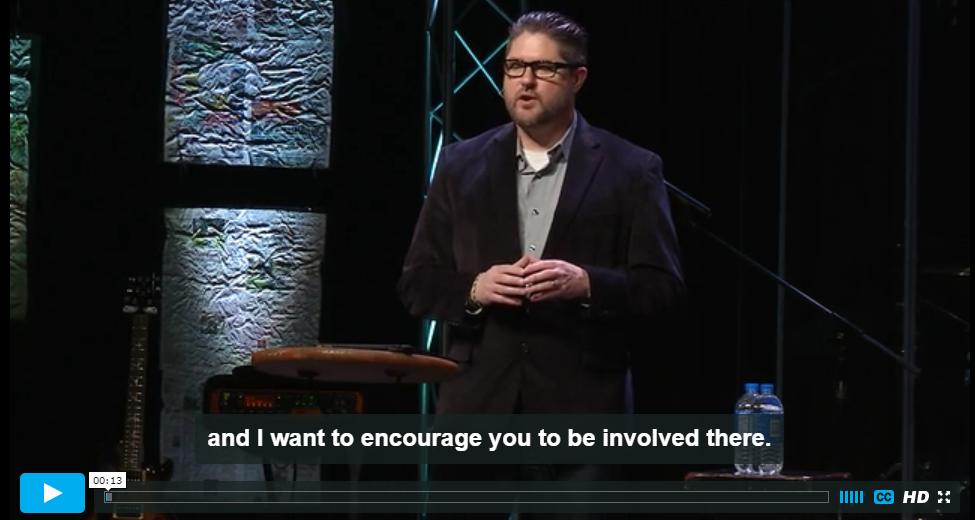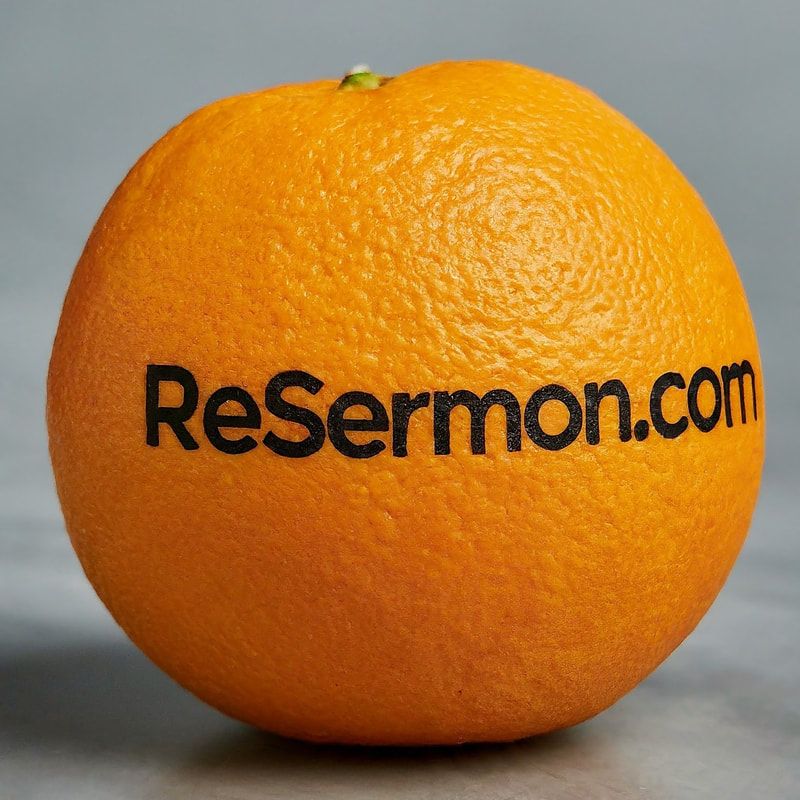|
By Christopher Mann for ReSermon.com What is an “op-ed” and why would a media outlet publish yours? By Christopher Mann for ReSermon.com After transcription and closed captioning, the next step for effective sermon projection is to repurpose your sermon into blog posts.
By Christopher Mann for ReSermon.com It was very loud in Afghanistan and Iraq, and soldiers often come back with ruptured eardrums and other hearing-related injuries. Captioning your sermon is a huge service to soldiers coming back from the battlefield.
By Christopher Mann for ReSermon.com
The deaf and hard of hearing relate to the hearing world in a diversity of ways, but in recent years, closed captioning has become so technologically easier and economically affordable, that in 2015 the FCC mandated closed captioning for commercial broadcasting.
John and Susan share with Pastor Steve one morning after church that they need counseling. Steve wants to schedule a meeting with them later that week but he wants them to dive into some material he already preached upon this year and last.
Or, he tries to remember, was it in the year before? No matter, because Steve’s sermons are transcribed and published at his church blog. “Public square” is a metaphor for the places where the community’s dialogue takes place. Historically, that meant the physical community centers like town halls, literal public squares and the like, but also included forums like community newspapers, restaurants, bars, theaters, town meetings, and the like.
|
Archives
January 2024
Categories
All
By David Fulmer from Pittsburgh (Natural American Sign Language) [CC BY 2.0], via Wikimedia Commons
By Jeff Billings [CC BY-SA 3.0], via Wikimedia Commons
By English: Cpl Erik Villagran [Public domain], via Wikimedia Commons
"Hearing aid 20080620" by Jonas Bergsten - Own work. Licensed under Public Domain via Wikimedia Commons.
|











 RSS Feed
RSS Feed